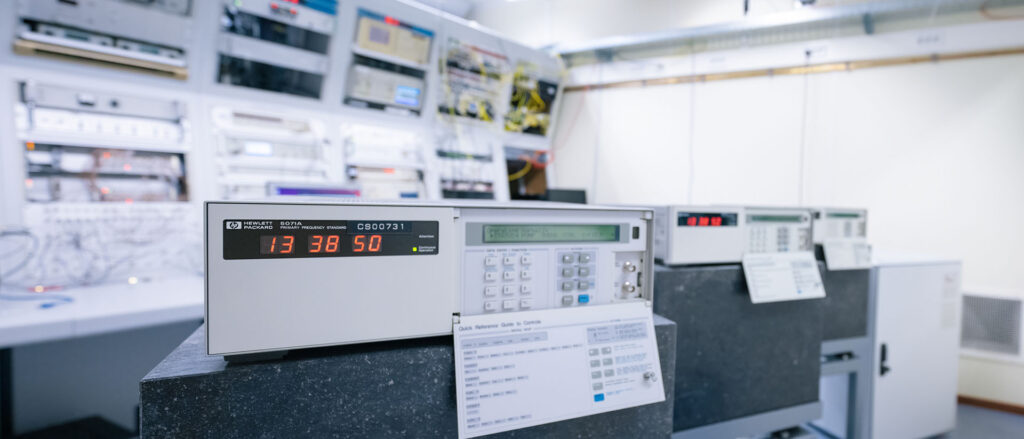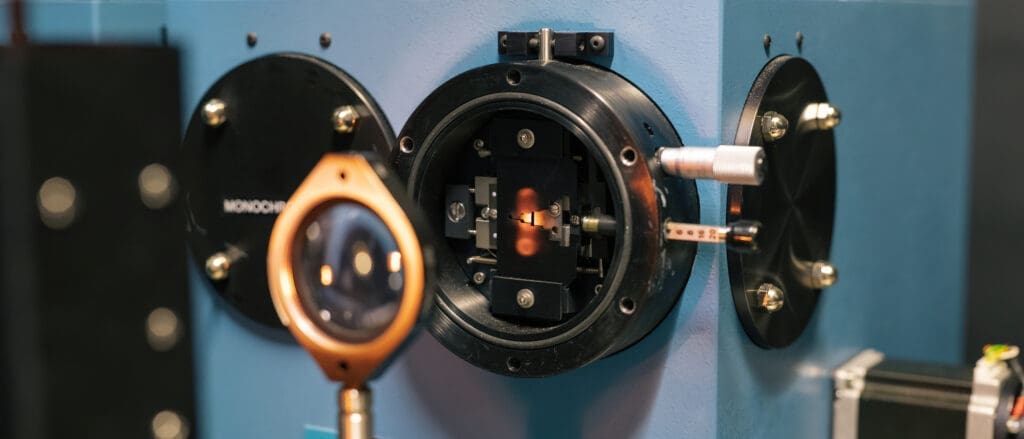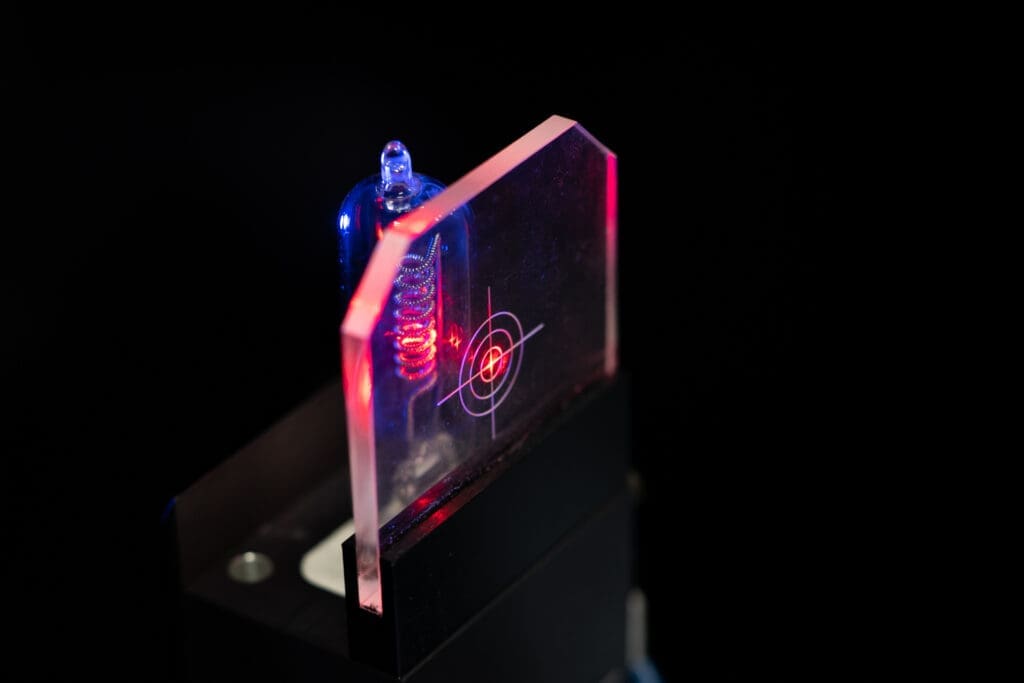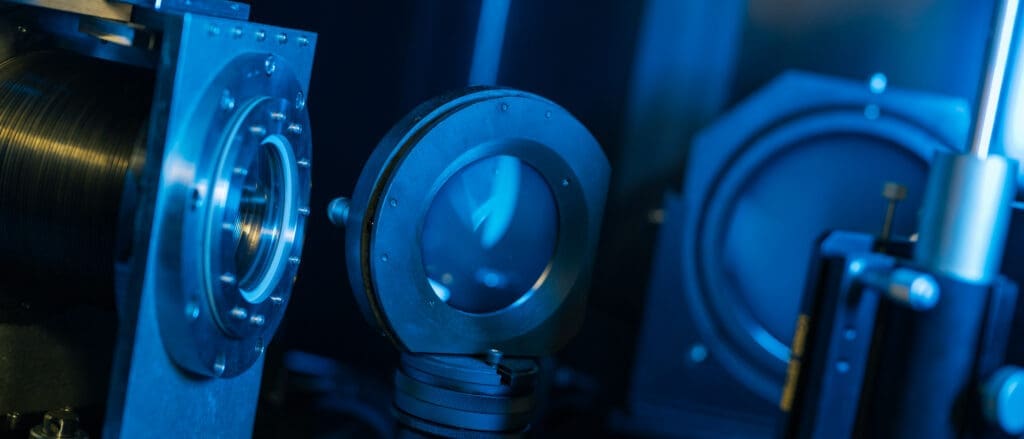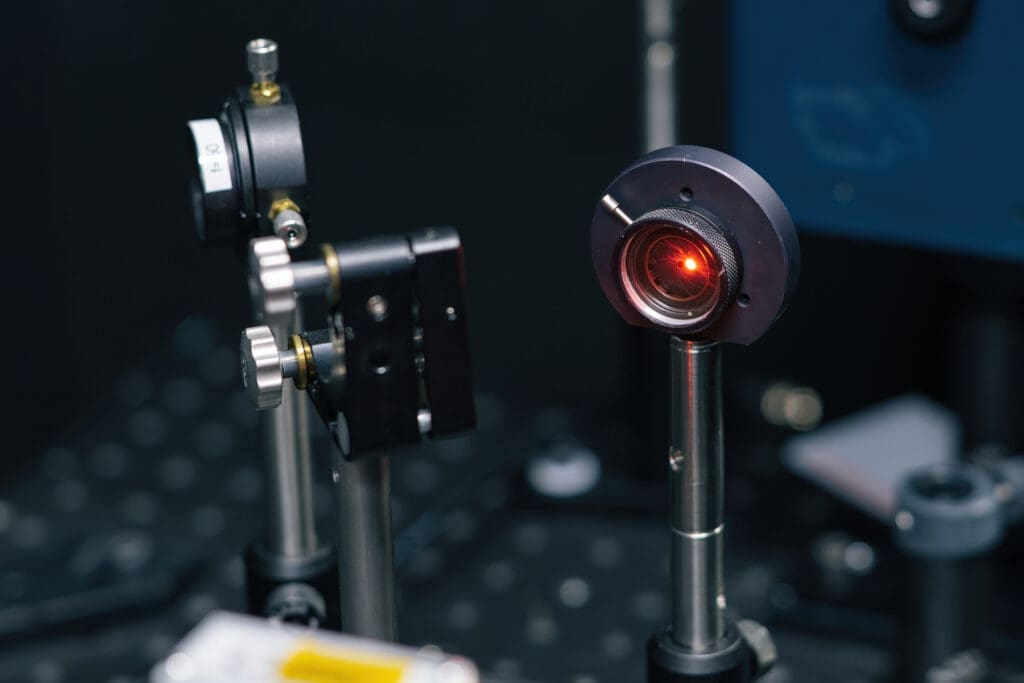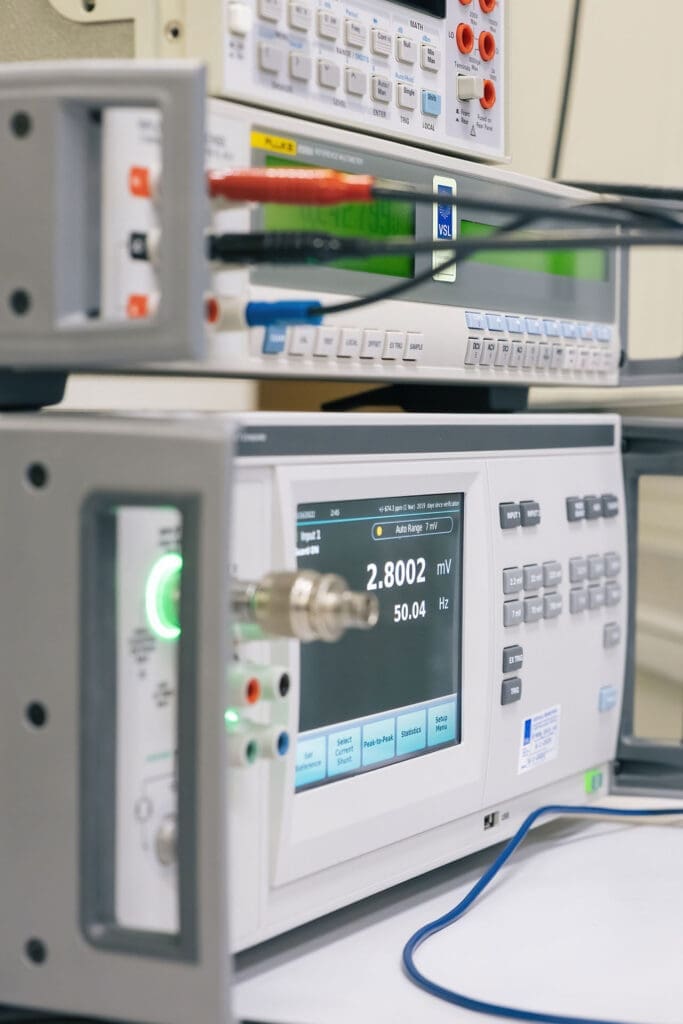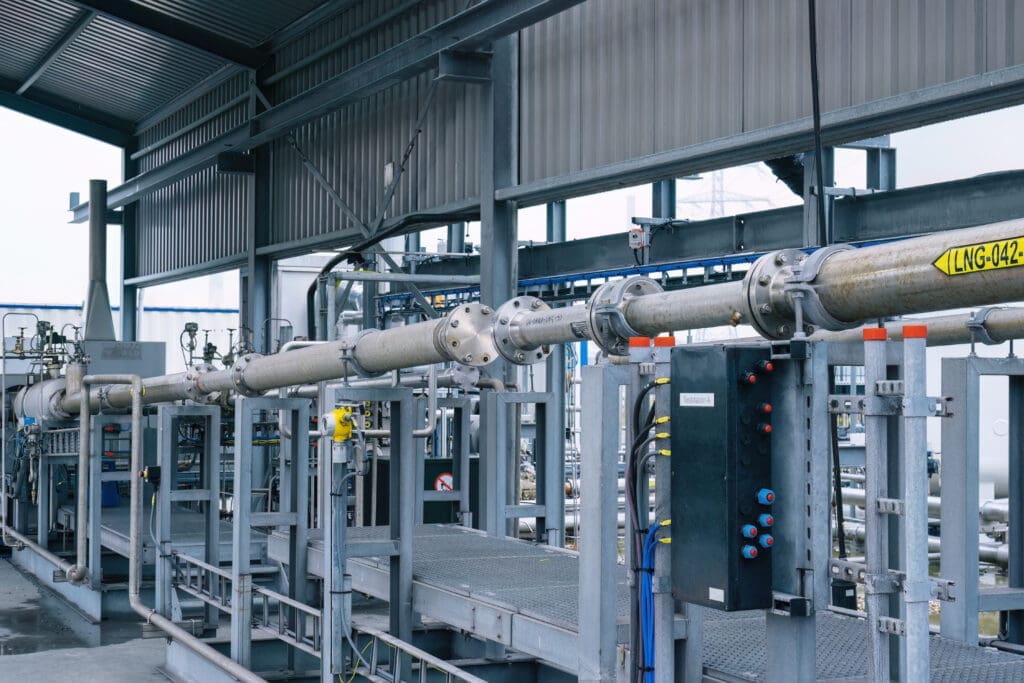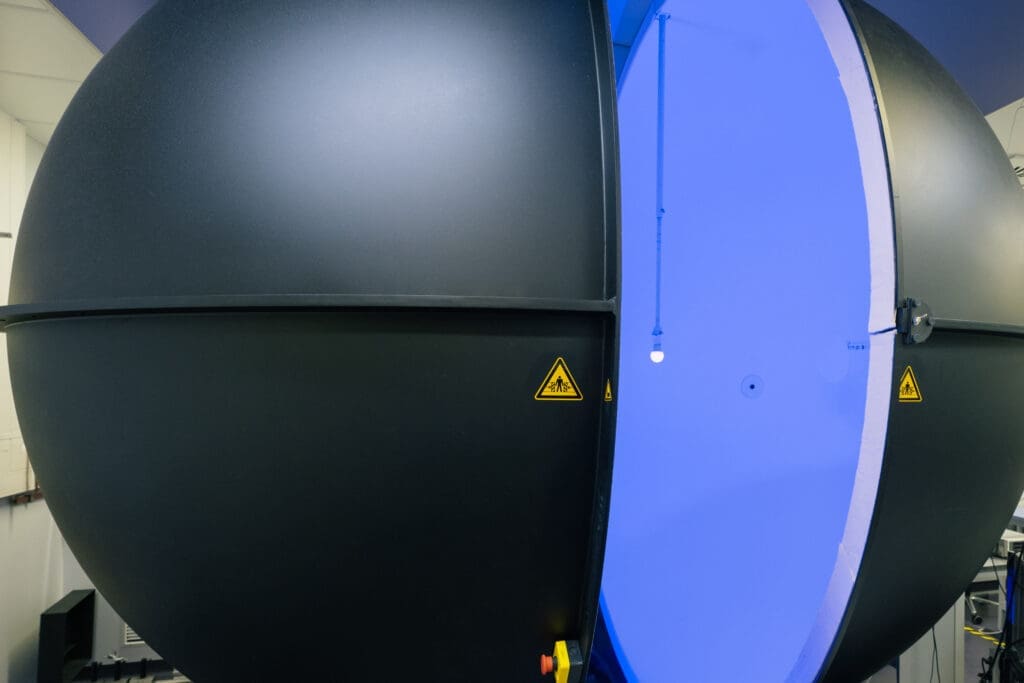Metrology for the hydrogen supply chain (Met4H2)
Projects
Metrology for the hydrogen supply chain (met4H2)
The 2020 EU hydrogen strategy has laid out the European Commission’s plans to transition towards ‘green’ hydrogen, a zero-carbon alternative to natural gas, aiming to increase the market share of hydrogen from 2 % in 2020 to 14 % by 2050. To expand the use of hydrogen, and to meet specifications for health, safety and environment, a metrological infrastructure is required to address all parts of the supply chain, from manufacturers to consumers. This infrastructure includes developing traceable measurements for leak testing, odorization, purity assessment, material compatibility and sensor calibration. Traceable hydrogen flow measurements and quality assessments are also necessary to facilitate fair trade and custody transfer, and there is a requirement for low-pressure sampling methods for gas grids, allowing existing infrastructure to be utilised for hydrogen transport.
This project will produce methods to support reliable, traceable calibration and measurement, as well as novel methods for evaluating overall measurement uncertainty, for the entire hydrogen supply chain. It will develop calibration standards for flow metering equipment under actual conditions, as well as standards for online monitoring instruments, ensuring accuracy and traceability at all stages. It will also produce measurement standards to assess hydrogen quality, equalising standards for common impurities. Uptake of the technology and measurement infrastructure developed by this project will enable the reliable operation of gas grids, evaluation of performance, and calibration of sensors for process control and monitoring, facilitating a safe and efficient transition towards green hydrogen.
Our role
VSL are coordinating the project which includes more than 20 partners from sister metrology institutes, industry and research groups. VSL are developing standards for flow measurement for hydrogen-enriched natural gas and for hydrogen for small end-users (small industry, domestic). Furthermore, standards and methods for measuring the amount fraction of selected key impurities, namely sulfurs, chlorine and water in hydrogen, will be investigated as well as for measuring suitable odourants. Last but not least, a novel framework for fiscal metering of hydrogen-enriched natural gas and hydrogen will be developed.
Start date: 1 October 2022
End date: 30 September 2025
Read more about this project here.
“The project has received funding from the European Partnership on Metrology, co-financed by European Union Horizon Europe Research and Innovation Programme and from the Participating States.”

Would you like to know more about this subject?
Our experts are happy to help.
Adriaan van der Veen
Chief Scientist Chemistry and Data Science & Modelling
Projects
Our expertise in practice
Read more about our projects.
